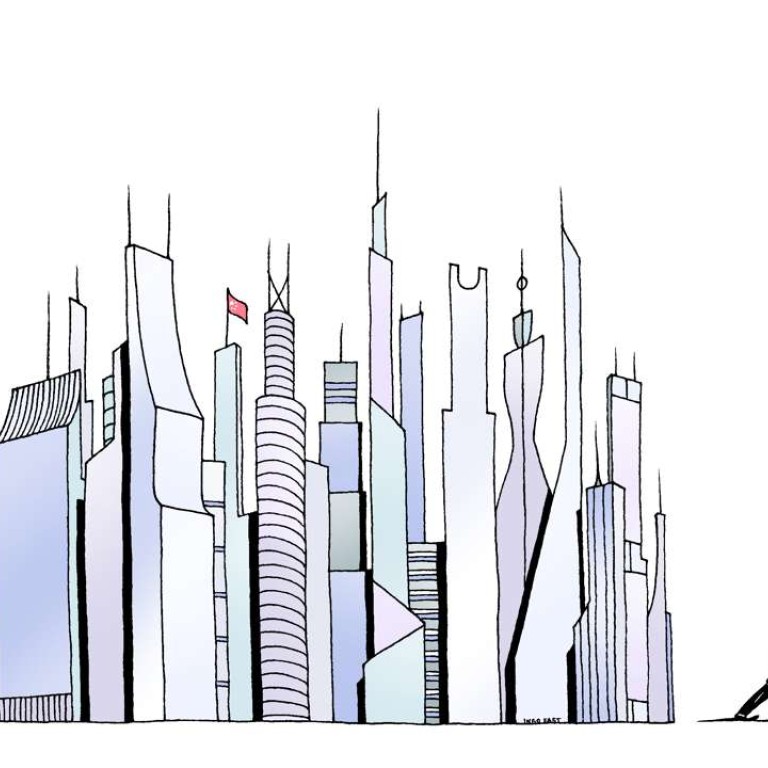
Abe’s words at Pearl Harbour were purely for effect, with an eye on China
Jean-Pierre Lehmann says Japanese crimes against humanity extend well beyond the attack on the US base in Hawaii, and Abe’s visit was nothing more than an attempt to cosy up to Washington
In the course of the Pacific War, Japan committed numerous crimes against humanity. The 1941 attack on Pearl Harbour was not one of them.
The attack on Pearl Harbour was an act of war. War material was destroyed, ships were sunk, aircraft were grounded, American soldiers and sailors were killed, an estimated 2,400, along with nearly 70 civilians.
Thus, in the annals of warfare and all its extreme manifestations in the 20th century, Pearl Harbour as such was no big humanitarian deal.
Watch: Shinzo Abe offers everlasting condolences to Pearl Harbour victims
One major criticism was that the Japanese government violated the established protocol of warfare, in that the declaration of war was supposed to precede the military attack, not the other way around.
However, when you are the smaller guy, which Japan was compared to the US, there is a lot strategically to be said for catching the presumed enemy off guard.
When you are the smaller guy ... there is a lot strategically to be said for catching the presumed enemy off guard
In fact, the same logic had prevailed some 37 years earlier; in 1904, when a Japanese squadron on the night of February 8-9 carried out a surprise attack on the Russian fleet anchored at Port Arthur in Manchuria (now known as Lüshun). This was the prelude to the Russo-Japanese war (1904-1905), which the latter won. At the time, Japan was an ally of Great Britain (in the Anglo-Japanese alliance that lasted from 1902 to 1922). Far from being condemned for this surprise attack, commentators in the West, notably in the UK, generally praised the Japanese for their strategic foresight.
There seems a priori no big difference in terms of protocol between the attack on Port Arthur and that on Pearl Harbour. Yet there has never been a suggestion that the Japanese prime minister should visit Port Arthur and express condolences. The big difference of course was that whereas after Port Arthur the Japanese won the war, after Pearl Harbour they lost!

To make peace with China, Abe should visit Nanjing for the 80th anniversary of the massacre
The war between Japan and the United States was that of great power rivalry. It reflected the geopolitical tensions that had been rising throughout the 1930s. This was in turn illustrated by the competition between the great powers over resources, especially oil. Tokyo perceived, not unjustifiably, that Japan risked being cut off from access to its traditional sources of oil. They were surrounded and increasingly isolated by what were called the ABCD powers – Americans, British, Chinese and Dutch (in Indonesia) – and so had to resort to self-defence.
In the US-Japan narrative of the second world war, there is no good guy-bad guy scenario
American hostility towards Japan had earlier been egregiously manifested by the passage in Washington in 1924 of the Johnson-Reed Immigration Act, which sought to exclude Japanese immigrants.
In the US-Japan narrative of the second world war, there is no good guy-bad guy scenario. As far as bombings go, the Americans retaliated massively. To cite just one example (leaving aside the tragic atomic bombings of Hiroshima and Nagasaki), the US air force’s firebombing raids over Tokyo on March 9, 1945 are estimated to have cost between 80,000 and 130,000 civilian lives, not to mention those left permanently disfigured and those who suffered terrible agonies.
What the Japanese did to the Chinese during the Pacific War, however, is a completely different narrative.
While there was reasonable cause for the Japanese to go to war against the US as a means of self-defence, this was emphatically not the case with respect to China.

Abe should visit Nanjing after Pearl Harbour trip, Chinese scholar says
Japanese Prime Minister Shinzo Abe’s recent visit to Pearl Harbour raises the question, why now? With the US public notoriously ignorant of history, it would be interesting to know what percentage would have any idea of what Pearl Harbour was about.
Apart from a period of tension in the 1980s over the US’ massive trade deficit with Japan, which, in any case, would never have led to outright conflict, the two nations have been reconciled for decades.
Pearl Harbour visit shows Japan’s Abe has eyes trained on China and pacifist rethink
There is no big issue between Japan and the US requiring urgent attention. This stands in stark contrast with other acute global fault lines, among the more prominent ones being relations between China and Japan. Abe’s visit to Pearl Harbour was most certainly motivated by a desire to cosy up to Washington at a time when China is becoming increasingly powerful.
In expressing sentiments, the Japanese language distinguishes between tatemae and honne.
Tatemae reflects sentiments expressed for public consumption but otherwise without meaning or significance, while honne reflects true sentiments and intentions.
Abe’s visit to Pearl Harbour was pure tatemae.
Jean-Pierre Lehmann is emeritus professor at IMD, founder of The Evian Group, and visiting professor at the University of Hong Kong

